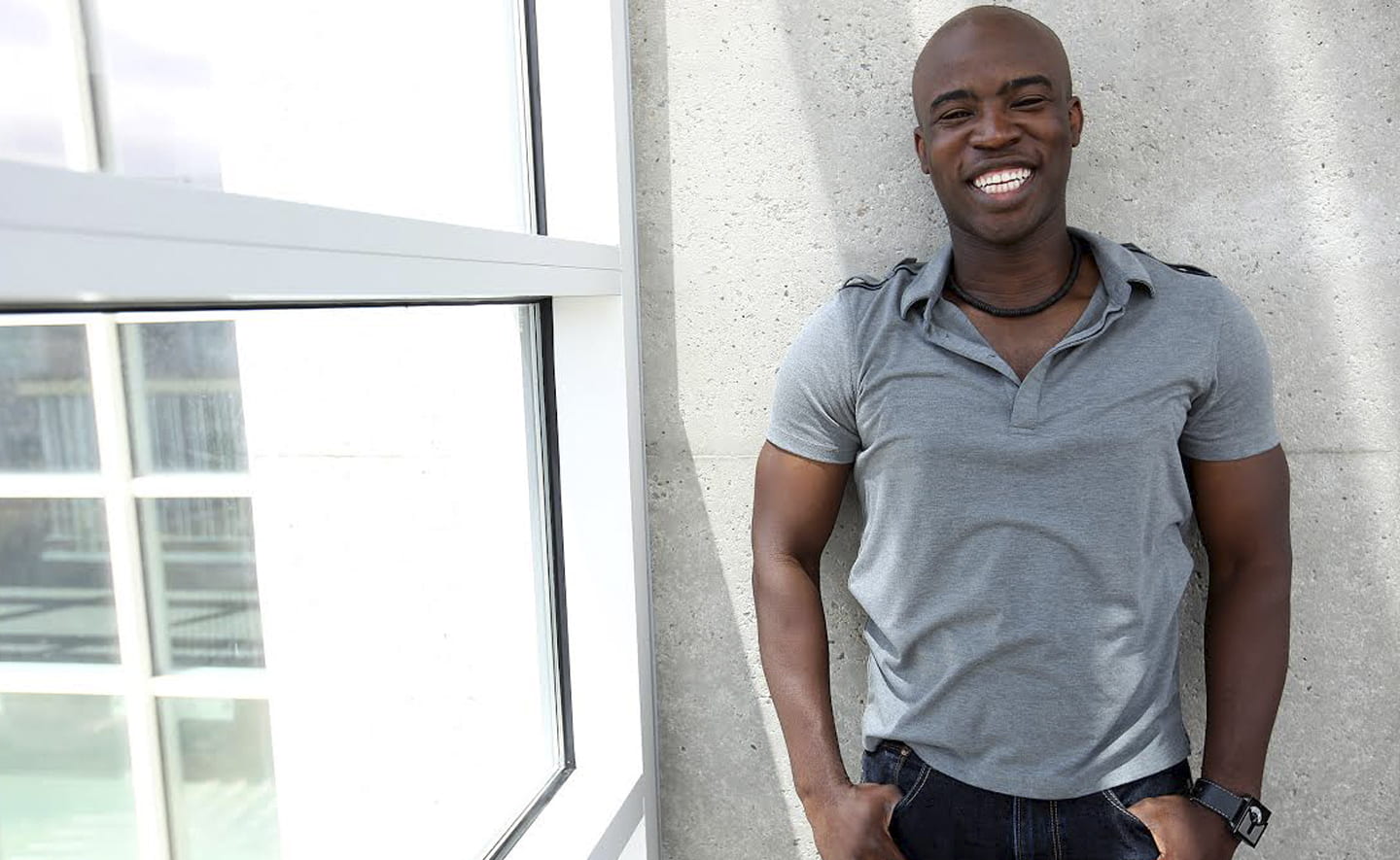Listen up Sacramento: Grad students add value
UCI’s Julius Edson joins fellow graduate students for advocacy day in Sacramento to describe how he’s building a better bug trap

Throughout the halls of the Capitol today, graduate students are meeting with lawmakers to share their expertise such as how to conserve water in California aqueducts or build a better bug trap.
Their aim is not to make elected officials armchair experts in subjects like ecology and chemical engineering. Rather, it is to educate lawmakers about the value of graduate research, and why that work matters to the lives and livelihoods of Californians.
“Many people have an image of a Ph.D. student as someone who is closeted away in a library or lab, far from the concerns of everyday life,” said University of California, Irvine graduate dean Frances Leslie, who co-chairs UC’s annual Graduate Research Day at the Capitol.
“In fact, UC’s 26,000 master’s and doctoral students are at the forefront of many of the most pressing issues – and most revolutionary advances – in health, transportation, energy, the environment and other areas.”
UC President Janet Napolitano will join the delegation of graduate deans and at least two graduate students from each UC campus in meeting with legislators. Altogether, students will visit the offices of almost 90 members of the state Assembly and Senate.
Speaking for UCI’s graduate community are:
- Chemical engineering grad student Julius Edson explaining his antibacterial booby trap. His novel therapy to treat drug-resistant bacteria uses tiny particles of ground shrimp shells to physically destroy the bacteria, together with a dose of gene therapy to disrupt its production of proteins responsible for drug resistance. Edson wrote about his life and contributions as a graduate student Wednesday, March 16, in the Sacramento Bee.
- Ecology grad student Nameer Rahman Baker talking about his investigation into how microbes break down organic matter to see how these quickly evolving organisms adapt. His insights could help regions maintain ecological productivity in the face of climate change.
A crucial segment of the UC research powerhouse
The advocacy event increases the visibility of an often overlooked segment of UC’s research powerhouse – 26,000 master’s and doctoral students who are the driving force behind startups, new inventions and millions of research dollars that flow into UC.
Graduate students also play a huge role in educating undergraduates, serving as mentors and teaching assistants to roughly 200,000 students across the UC system.
The university has committed to expanding its student body by 10,000 more California undergraduates over the next three years. To help ensure adequate instructional support for those new students, it is asking the state for an additional $6 million in annual support, which would allow UC to enroll an additional 600 graduate students.
Napolitano and others make a strong case that California gets a big return on investment for those dollars: UC graduate students develop nearly 600 inventions a year – an average of 10 each week. They are also responsible for more than half of all of the startups to emerge from UC. Roughly two new companies a week are founded by graduate students or emerge directly from their inventions.
The strength of UC graduate programs also helps California lead the nation in attracting funding from the National Institutes of Health and National Science Foundation, and has made California ground zero for leading-edge research into cancer and Alzheimer’s disease.
The delegates themselves offer a more personal illustration of how the state’s investment in graduate education pays off.
Said Edson: “Where else but graduate school could I take an idea that was far-fetched and crazy, and see if I could make it work?”